Hike into the Grand Canyon to spend a night below the rim at Havasupai Gardens Campground
Over 3,000 feet below the south rim of the Grand Canyon, a green ribbon of cottonwood trees marks Havasupai Gardens Campground, a lush oasis with flowing water and shade.
Native Americans lived and farmed here for thousands of years before Grand Canyon National Park was created.
Known to the Havasupai people as Ha’Gyoh, Havasupai Gardens is now a frequent stop for hikers and mule trains traveling up and down the Bright Angel Trail. At night the foot traffic subsides, and you’re left with a full sky of stars in one of the most remarkable places in the world.
To stay at Havasupai Gardens Campground, you’ll need to carry all your gear deep into the Grand Canyon. Every campsite has a shade structure, picnic table, pack pole, and food storage cans. The campground has composting toilets and water spigots. If you have extra time during your stay, consider making the short hike out to Plateau Point (3 miles roundtrip) to see views of the Colorado River.
In 2022, Grand Canyon National Park renamed Indian Gardens to Havasupai Gardens at the request of the Havasupai Tribe. Learn about the name change and hear from Native voices about their cultural connections to the Grand Canyon
Permits for Havasupai Gardens Campground
Camping below the rim in the Grand Canyon requires a backcountry permit, which you can get up to four months in advance of your trip through recreation.gov. The park receives more requests for backcountry permits each year than it can issue — the earlier you start planning, the better!
More information on Grand Canyon backcountry permits
How to reach Havasupai Gardens Campground
Havasupai Gardens Campground is about 4.8 miles from the South Rim on the Bright Angel Trail. Accessing the campground requires descending more than 3,000 feet into the Grand Canyon on foot or by mule. The Bright Angel Trailhead is located in Grand Canyon Village on the South Rim just west of the Bright Angel Lodge near the beginning of the West Rim road shuttle stop.
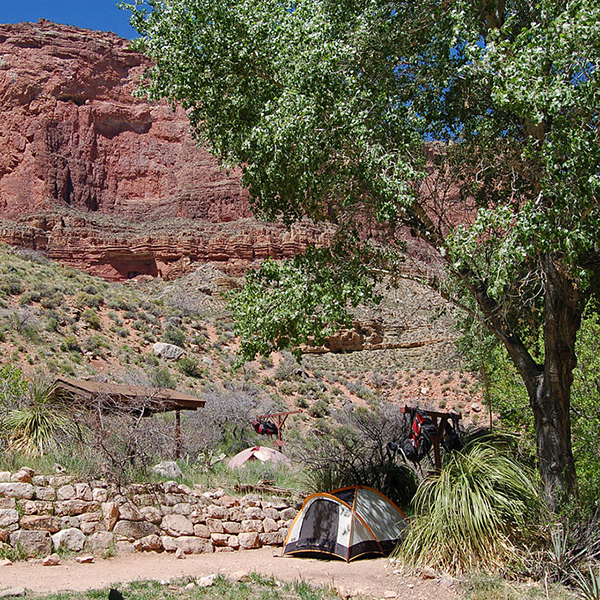
General Location Grand Canyon National Park
Amenities Drinking water, Pit toilets, Picnic tables, Shade cover, Phones
Elevation 3,800 feet (1,160 m)
Number of Sites 15
Season Open year-round
Fees Fee and backcountry permit required. Check the website below for current information
Pets Not Allowed
More Info NPS website
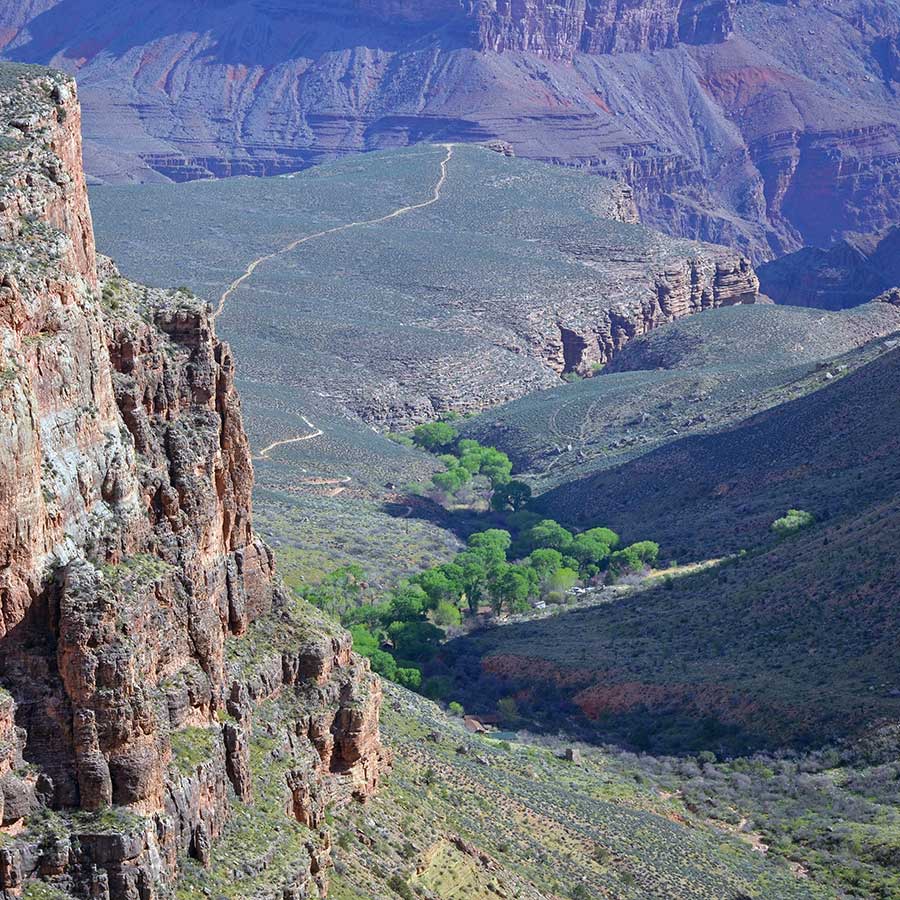

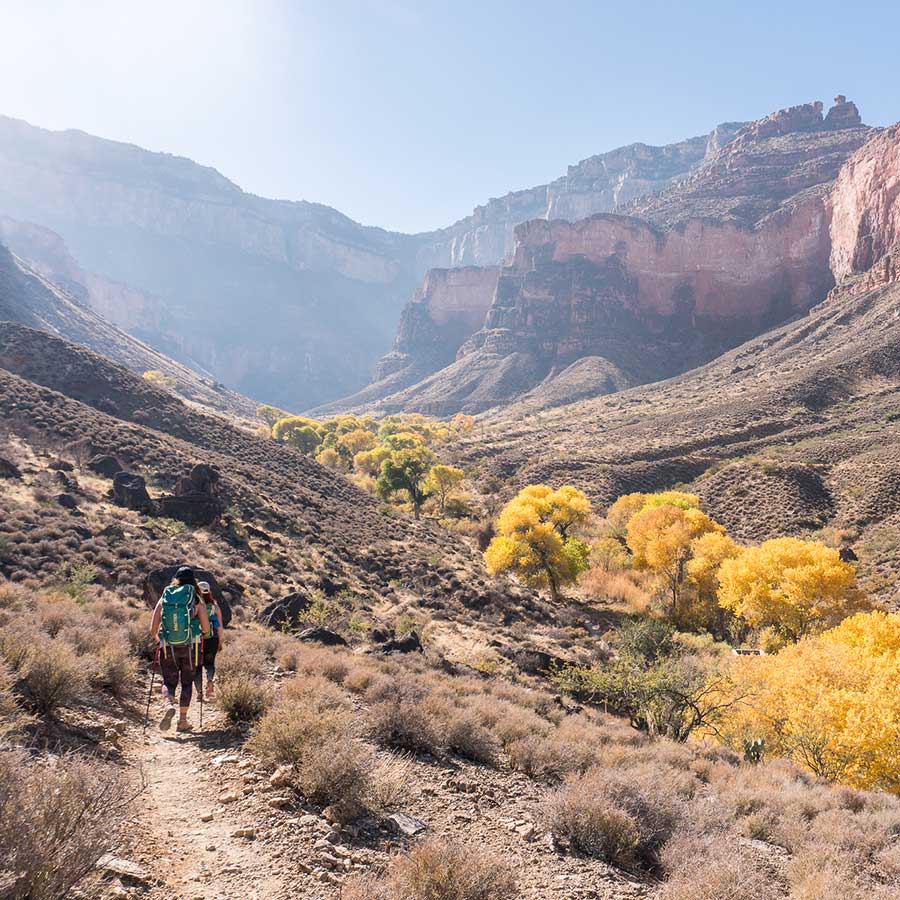
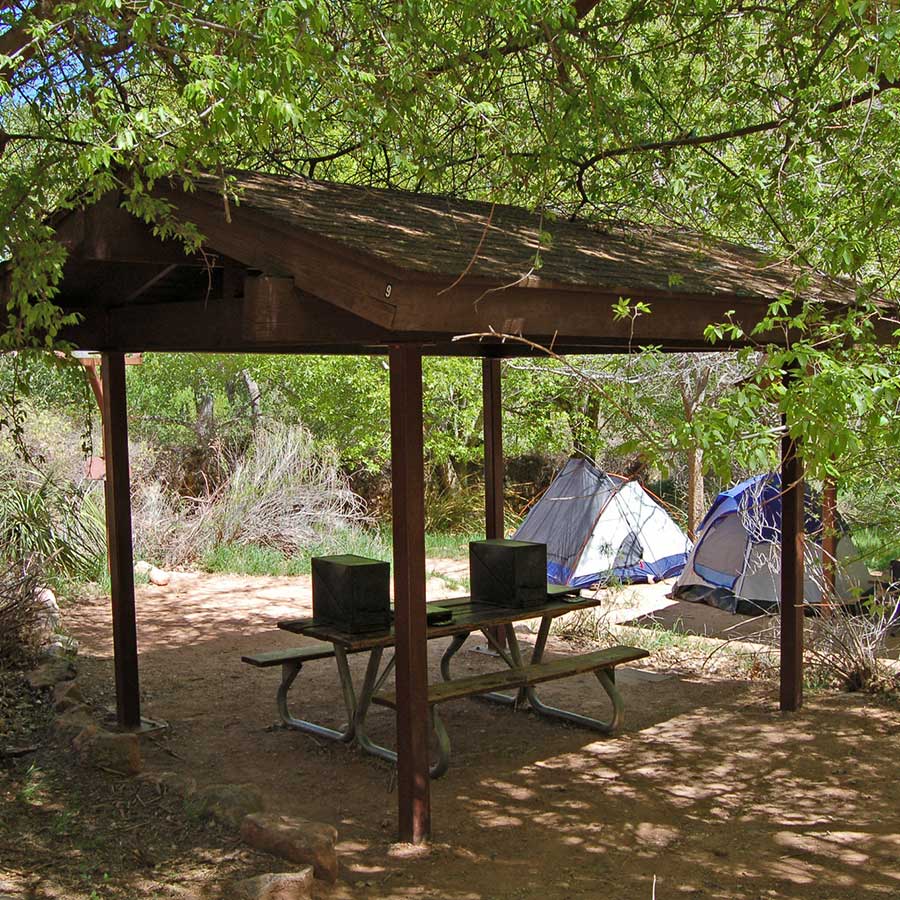
Adventure awaits
Sign up to get three hikes in your inbox every month for a year.
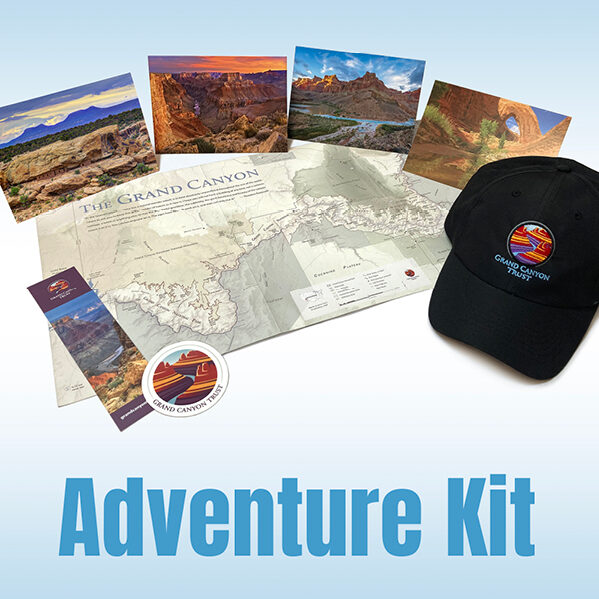
Special membership offer
Join the Grand Canyon Trust today to receive your adventure kit:
- $25 donation: a Grand Canyon map, The Advocate magazine subscription, bookmark, and sticker
- $75 donation: everything above plus four stunning note cards
- $100 donation: all the benefits of the $75 level, plus a Grand Canyon Trust hat
Related Hikes by Destination
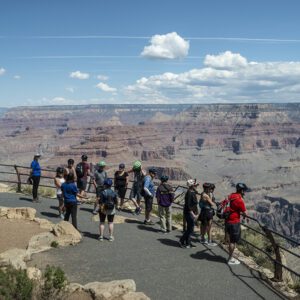
Distance: Up to 13 miles
Difficulty: Easy
Type: Point-to-point
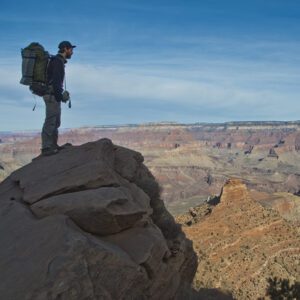
Distance: 6.6 miles (10.6 km) one way
Difficulty: Moderate
Type: Out and back
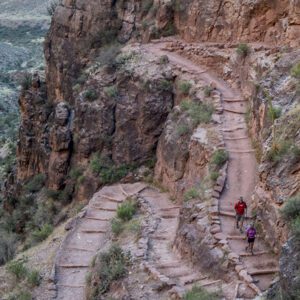
Distance: 9.5 miles (15.3 km)
Difficulty: Strenuous
Type: One way
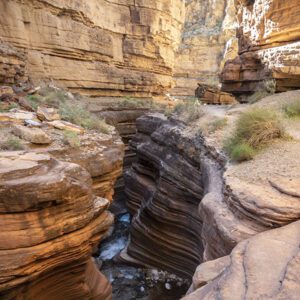
Distance: 27.9 miles
Difficulty: Strenuous
Type: Out and back
